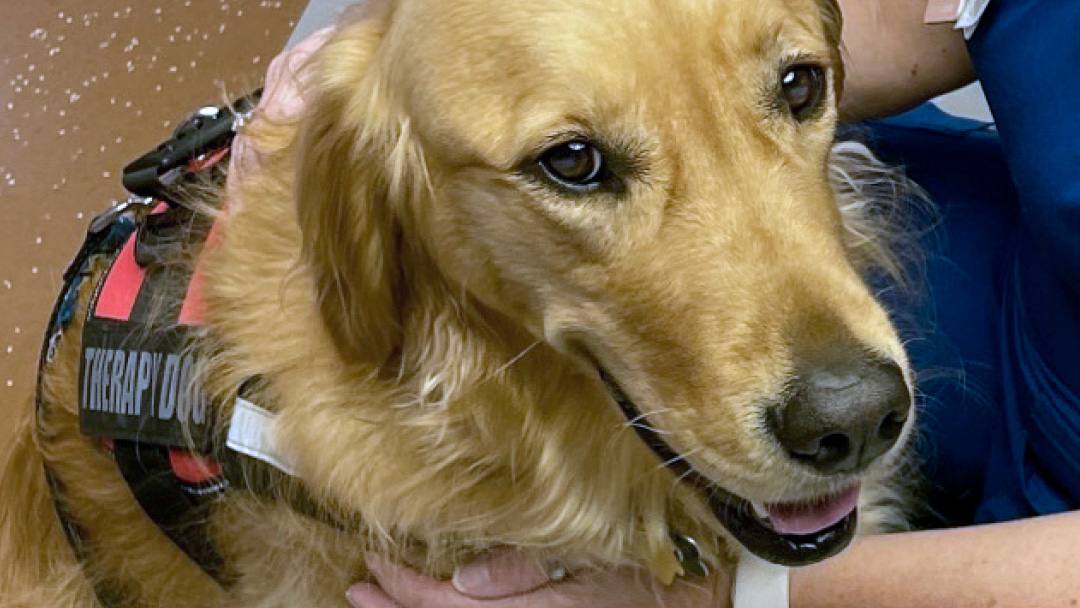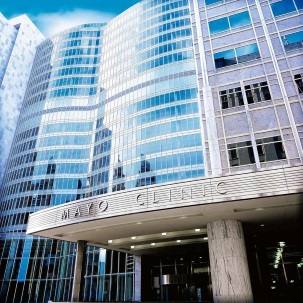Sharing Mayo Clinic

December 11, 2022
A new staff member at Mayo Clinic Health System in Mankato has many qualities that make her an asset to the team. She is compassionate,[...]

February 19, 2010

February 17, 2010

February 15, 2010

February 10, 2010

February 8, 2010

February 3, 2010

February 1, 2010

January 28, 2010

January 21, 2010

January 20, 2010

January 18, 2010

January 11, 2010
Explore more topics
 Sign up
Sign up

Mayo Clinic Connect
An online patient support community
